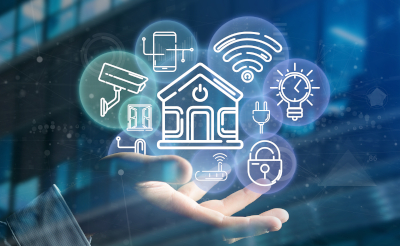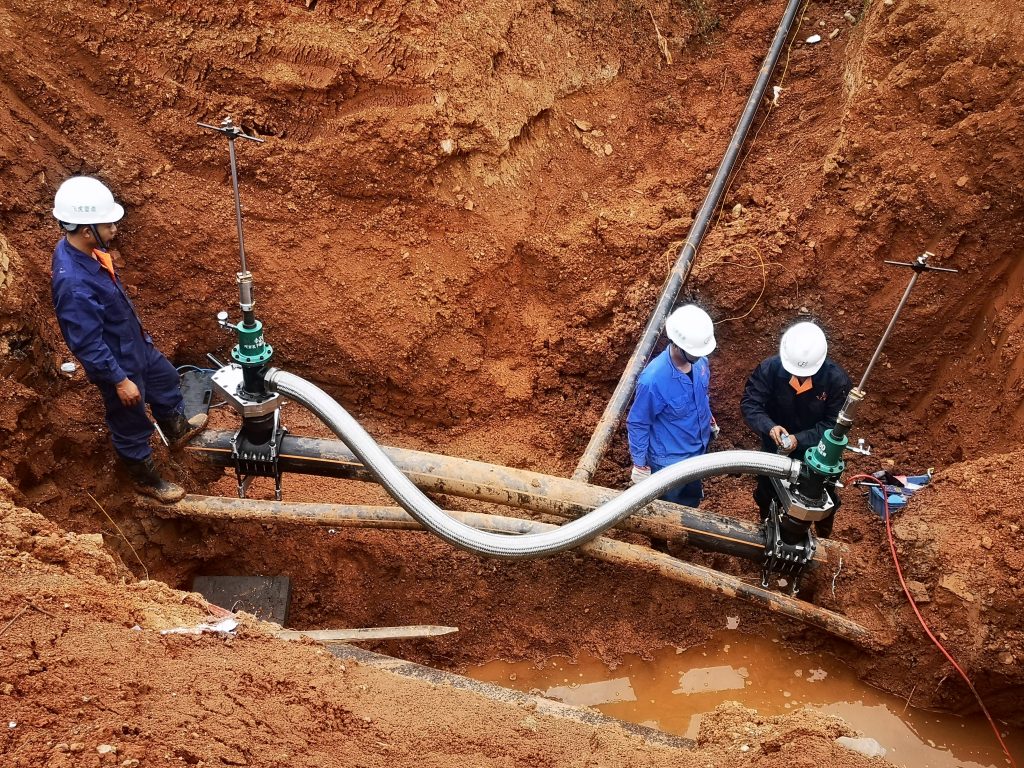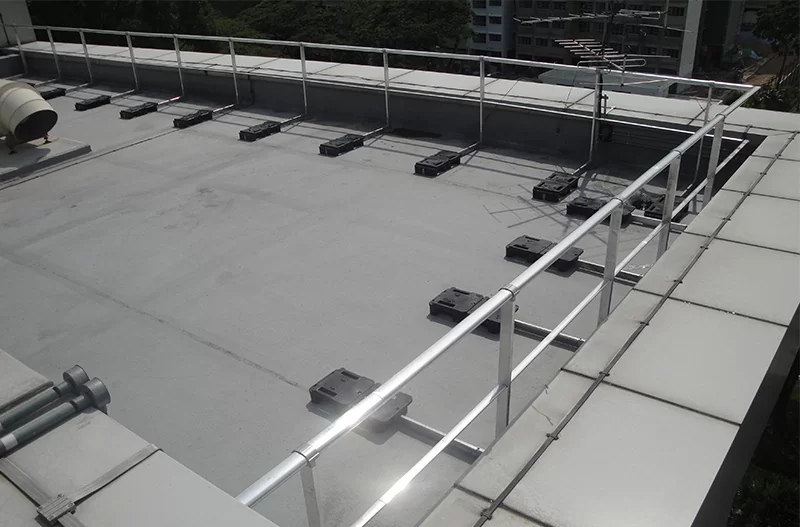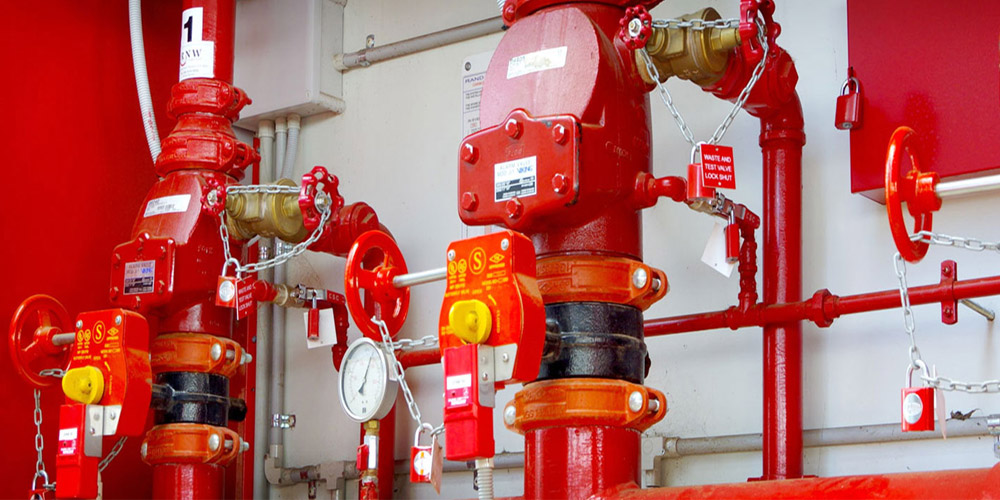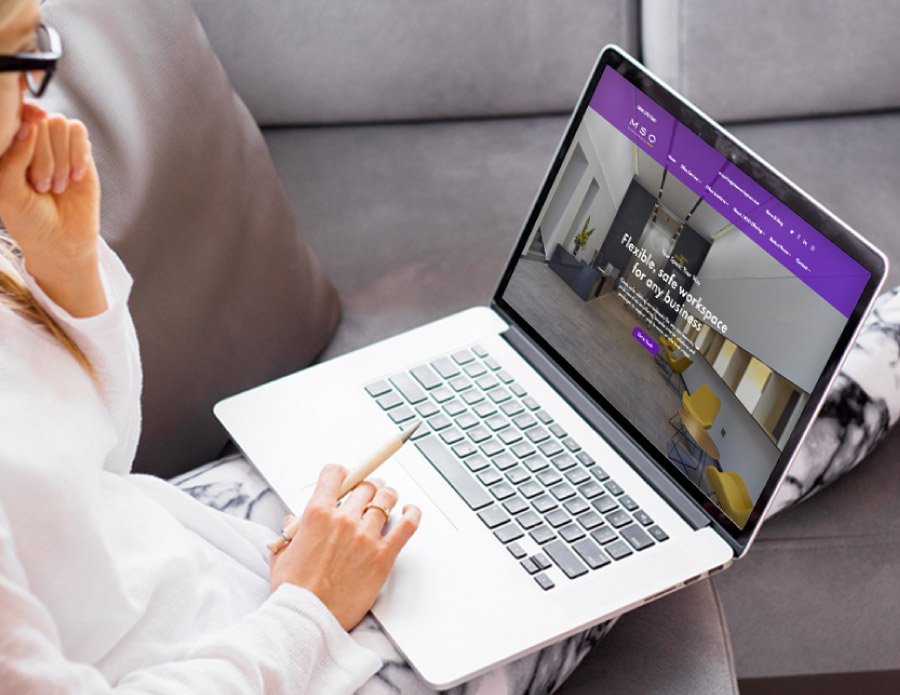Smart buildings are no longer a concept of the future—they are here, reshaping the way organizations manage and optimize their facilities. Modern property owners and facility managers are seeking ways to enhance operational efficiency, cut energy costs, improve safety, and promote sustainability. This is where an IoT smart building solution steps in, turning ordinary facilities into intelligent, interconnected environments that thrive.
With real-time data, predictive maintenance, and seamless automation, IoT-driven building management systems are revolutionizing the entire facilities management landscape. If your goal is to create an efficient, secure, and sustainable space, understanding how these solutions work and the benefits they bring is essential.
What Is an IoT Smart Building Solution?
An IoT smart building solution is a comprehensive system that leverages the Internet of Things (IoT) to automate, monitor, and optimize building operations. IoT technology connects sensors, devices, and software to collect and analyze real-time data across various building systems, including:
- HVAC and lighting systems
- Security and access control
- Energy and water usage
- Elevators, escalators, and other mechanical equipment
By gathering actionable insights from these interconnected systems, building managers can make smarter decisions, reduce manual oversight, and address issues before they become costly problems.
Imagine a building that adjusts lighting based on occupancy, alerts maintenance teams before equipment fails, and optimizes energy usage automatically. That is the transformative power of an IoT smart building solution.
Key Features of IoT Smart Building Solutions
A robust IoT smart building solution comes with advanced features that create operational and financial advantages:
Real-Time Monitoring and Data Insights
IoT sensors constantly monitor equipment performance, environmental conditions, and occupancy levels. Facility managers gain a centralized view of all operations, allowing them to identify inefficiencies and take immediate action.
Predictive Maintenance for Equipment and Facilities
Rather than waiting for costly breakdowns, predictive analytics detect irregularities in system performance. For example, an IoT-enabled HVAC system can notify technicians about potential failures, reducing downtime and maintenance expenses.
Automated Energy Management
Energy efficiency is a top priority for modern facilities. IoT solutions optimize heating, cooling, and lighting automatically, adjusting consumption based on usage patterns and occupancy. This reduces both energy bills and environmental impact.
Enhanced Security and Access Control
IoT devices improve building safety through smart surveillance cameras, motion sensors, and access control systems. They also generate real-time alerts, ensuring prompt response to potential security threats.
Scalable Solutions for Multi-Facility Management
Whether managing a single office building or a global portfolio, IoT solutions scale seamlessly. Facility managers can oversee multiple sites from a centralized platform, making it ideal for enterprises and property developers.
Benefits of Implementing IoT Smart Building Solutions
Organizations that embrace an IoT smart building solution gain numerous advantages that positively impact operations, costs, and sustainability:
Operational Efficiency
Automated monitoring and predictive insights reduce manual interventions. Teams can focus on strategic tasks rather than constantly troubleshooting day-to-day issues.
Energy Efficiency and Cost Savings
IoT solutions significantly reduce energy wastage. By controlling lighting, HVAC, and other systems based on actual needs, facilities can save up to 30% on utility expenses while supporting environmental goals.
Sustainability and Eco-Friendly Practices
Green buildings are becoming the standard for future-ready businesses. IoT technology promotes sustainability by reducing carbon footprints and supporting compliance with environmental regulations.
Enhanced Safety and Security
Protecting both people and assets is easier with IoT-enabled surveillance and controlled access. Real-time alerts improve response times to potential threats.
Improved Occupant Comfort and Experience
Smart buildings automatically maintain comfortable temperatures, optimal lighting, and cleaner air quality. A better environment leads to higher tenant satisfaction and productivity.
Why Businesses Should Invest in IoT Smart Building Solutions
The decision to adopt an IoT smart building solution is not just about keeping up with trends—it’s a strategic investment that drives measurable returns. Businesses and property owners who implement these solutions benefit from:
- Lower operational costs through energy and maintenance savings
- Increased property value due to enhanced efficiency and sustainability certifications
- Future-readiness in alignment with the rise of smart cities and ESG (Environmental, Social, and Governance) initiatives
In today’s competitive real estate and business environment, facilities that fail to modernize risk becoming inefficient and less attractive to tenants or buyers.
Data Security and Compliance in IoT Smart Building Solutions
With interconnected devices transmitting data around the clock, security and privacy are top concerns. A trustworthy IoT smart building solution includes:
- GDPR-compliant data handling to protect personal and operational information
- Robust encryption protocols to safeguard against unauthorized access
- Role-based access control to ensure that only authorized personnel can interact with sensitive systems
By prioritizing cybersecurity, facility managers can leverage IoT without compromising data safety.
Steps to Implement IoT Smart Building Solutions Successfully
Transitioning to a smart building requires careful planning and the right technology partner. Here are key steps to ensure successful implementation:
- Assess Current Infrastructure – Identify existing systems and pinpoint inefficiencies.
- Define Objectives – Determine your priorities, such as reducing energy costs, enhancing security, or improving tenant comfort.
- Select a Reliable IoT Solutions Provider – Partner with a provider that offers tailored solutions and strong technical support.
- Integrate Systems Seamlessly – Ensure new IoT devices and software work well with existing building management systems.
- Monitor and Optimize Continuously – Use real-time analytics to improve performance over time and adapt to new challenges.
Working with experienced providers like Advancer Smart Technology ensures that integration is smooth, scalable, and future-ready.
The Future of IoT in Smart Building Management
IoT smart building solutions are only the beginning of a larger digital transformation in facility management. Emerging trends include:
- AI-Powered Decision-Making for more accurate predictive maintenance
- Digital Twins to simulate building performance virtually before implementing changes
- Sustainable Urban Integration where smart buildings form the foundation of smart cities
As these technologies evolve, businesses that embrace IoT today will remain ahead in efficiency, compliance, and sustainability.
Takeaway
Adopting an IoT smart building solution is no longer optional for organizations seeking efficiency, sustainability, and modern facility management. By combining real-time data, automation, and predictive analytics, these solutions create intelligent environments that save costs, enhance safety, and improve occupant experiences.
For businesses and property managers, the next step is clear: explore how a tailored IoT smart building solution can transform your operations and position your facility for long-term success.

